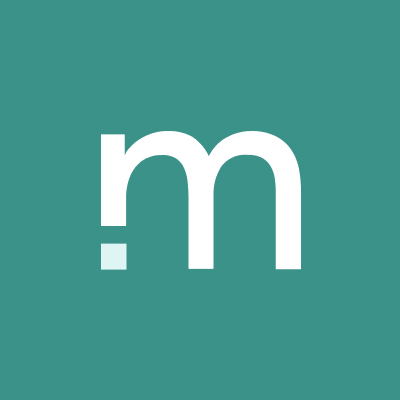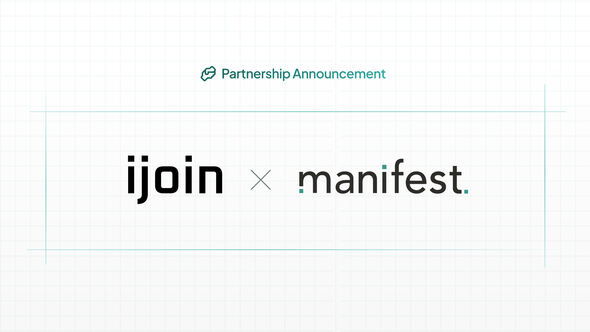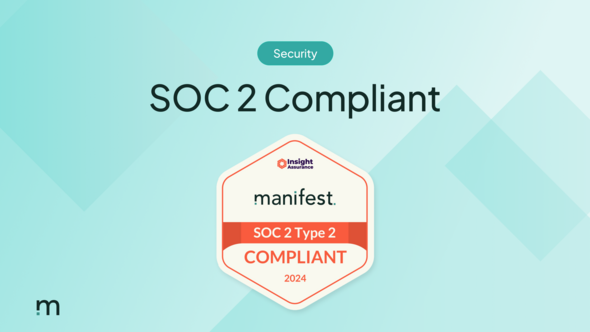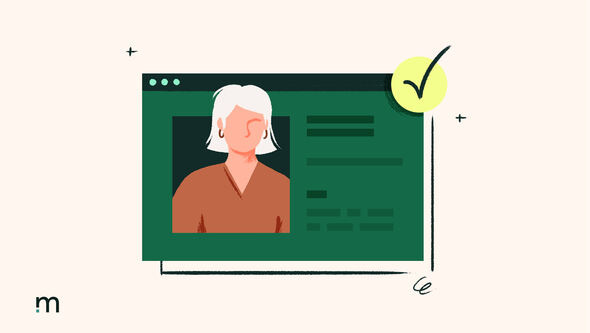Retirement is supposed to be a time of financial stability. But for the record number of Americans turning 65 this year, the outdated retirement system presents a challenge.
The first generation to fully embrace 401(k)s is now facing the consequences of an old, inefficient transfer process that hasn't evolved with the modern workforce.
Future retirees don't have to experience the same frustrations. Digital retirement transfer solutions are making it easier to consolidate accounts, minimize fees, and maximize savings.
Here's what plan sponsors, benefits administrators, and pre-retirees need to know.
The Retirement Wave
America has never had this many people turning 65 in a single year. By 2030, all Baby Boomers will have reached retirement age, meaning one in five Americans will be at least 65.
While this aging wave presents financial and healthcare challenges, it also reveals a major flaw in the retirement system. Millions of retirees have scattered accounts and outdated transfer processes standing between them and financial clarity.
This is the first generation to fully adopt 401(k) plans, which were introduced in the early 1980s. But unlike pensions, which centralized retirement savings, 401(k)s follow employees throughout their careers. And as job mobility increased, so did the number of retirement accounts individuals accumulated.
According to the Bureau of Labor Statistics, Baby Boomers born between 1957 and 1964 held an average of 12.4 jobs between the ages of 18 and 54.
Every job change meant a new retirement account, which many left behind. This fragmented savings structure has led to misplaced accounts, excessive fees, and lost earnings potential.
For today's retirees, these inefficiencies are unavoidable. However, the workforce of the future will not have to face the same struggles if digital transfer solutions become the standard.
The Burden of Paper-based Retirement Transfers
For decades, transferring a 401(k) to a new plan has been a slow, frustrating process filled with outdated steps like faxing forms, calling providers, and mailing paperwork. These obstacles have led to serious financial consequences:
- Lost or forgotten accounts:
There are 29.2 million forgotten 401(k) accounts in the U.S., holding $1.65 trillion in assets. This means that millions of people either don't know where some of their retirement savings are or don't have an easy way to access them.
2. High fees on abandoned accounts:
Leaving accounts behind often results in higher administrative fees, eating away at savings over time. A 1% fee may seem small, but over a career, it could reduce total savings by tens of thousands of dollars3.Opportunity cost of unmanaged funds.
Unconsolidated accounts often sit in low-growth investments or outdated portfolios, leading to lost earnings potential. According to estimates, failing to consolidate accounts can cost an individual as much as $700,000 over a lifetime.
- A system designed for failure:
89% of attempted rollovers fail when done manually. The complexity of the process causes many individuals to give up, leaving their savings stagnant.
For today's retirees, these problems have already taken a toll. But the next generation of retirees has the chance to break the cycle—if the retirement system embraces digital innovation.
What Today's Retirees Can Teach Us About the Future
The struggles of participants today highlight the urgent need for simpler, automated retirement transfers. The current system forces individuals to jump through hoops just to consolidate their own money. And because the process is so difficult, many give up, leaving accounts scattered across different providers.
Let's break down the key lessons:
- Job mobility means more accounts—but no system for managing them
Workers today change jobs even more frequently than Baby Boomers did. The average Gen X or Millennial worker may accumulate 15-20 different retirement accounts over their careers. Without an easy way to consolidate, they'll face the same fragmented savings problem that today's retirees are struggling with.
- Manual transfers are outdated and ineffective
The retirement industry has automated many processes—auto-enrollment, robo-advisors, and digital account management. But transferring a 401(k) is still stuck in the past, relying on phone calls and paperwork instead of secure, digital transfers.
- Retirement savings should follow workers—not get left behind
Instead of treating each job change as a disruption, the system should make it effortless for workers to take their retirement savings with them. Digital solutions can eliminate friction, increase transparency, and ensure that every dollar stays invested.
Building a Better System With Digital Transfers
A modern retirement system needs to empower workers, not burden them.
Digital 401(k) transfers provide a faster, more reliable, and more secure way to move retirement savings between plans. Benefits include:
1. Fast transfers: Digital platforms eliminate paperwork and reduce the average transfer time from months to just days.
2. Higher transfer completion rates: Digital transfers increase success rates by eliminating common roadblocks. Automation ensures that participants complete rollovers without frustration.
3. More money stays invested: Consolidating accounts through digital tools reduces fees and boosts account balances. Automated transfers help participants avoid early cash-outs, preserving more retirement savings for the long term.
4. Transparency and security: Participants can track their transfers in real-time, eliminating the uncertainty of whether their funds have arrived. Digital solutions remove the risk of lost paperwork, misfiled requests, and provider errors.
Manifest’s Solution
Manifest is on a mission to make this the last cohort retiring without consolidating all of their earned savings from their years of working. Instead of forcing workers to track down old 401(k) accounts, call providers, and deal with endless forms, we provide a fully digital rollover process that takes minutes.
Here's how it works:
- Automated account discovery – Manifest helps users locate old accounts from past employers, even if they don't remember the provider.
- Instant access to transfer options – Instead of manually searching, users see exactly where their money is and how to move it.
- No paperwork – Transfers are fully digital, so users never have to print, mail, or fax anything.
- One-click rollover initiation – Users start and complete their transfer 100% online, in under 10 minutes.
- Real-time progress tracking – Participants can see where their money is at every step—no more guessing.
- Transfers in an average of 14 days – Instead of waiting months, users get their money safely into a new account in just two weeks.
- Direct transfers between providers – Manifest enables provider-to-provider rollovers, meaning funds never pass through personal accounts (avoiding tax penalties).
- Full compliance & security – Users get instant updates and confirmation when their transfer is complete.
The results:
- Higher transfer completion rates – Users are 5x more likely to complete rollovers compared to manual processes, and the process is 100x better.
- More retirement savings stay invested – On average, participants who consolidate with Manifest see a $13,450 increase in their account balances due to lower fees and better investments.
- HR teams save time – Companies using Manifest reduce retirement plan administrative workload by 75%.
- Participants avoid costly cash-outs – Digital rollovers cut 401(k) cash-out rates by nearly 50%, keeping more money growing for retirement.
With automated rollovers, real-time tracking, and direct provider connections, Manifest ensures that every dollar earned stays invested for the future—where it belongs.
Retirement transfers shouldn't be this hard. With Manifest, they aren't.
A Future Where Retirement Transfers are Effortless
Retirees shouldn’t face the consequences of a broken system.
Plan sponsors, benefits administrators, and retirement professionals have the power to change the future of retirement transfers. With digital consolidation solutions and automation, they can ensure that future retirees don't have to struggle with scattered savings and outdated processes.
Retirement savings will follow workers seamlessly without the delays, confusion, or financial loss that previous generations endured. It's time to move past the outdated retirement transfer system and embrace a future where every worker can consolidate their savings easily.
If you're ready to provide a better, easier way to consolidate retirement accounts, schedule a demo here today and get up and running in under an hour.




